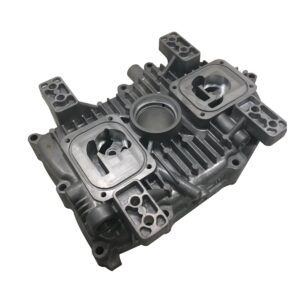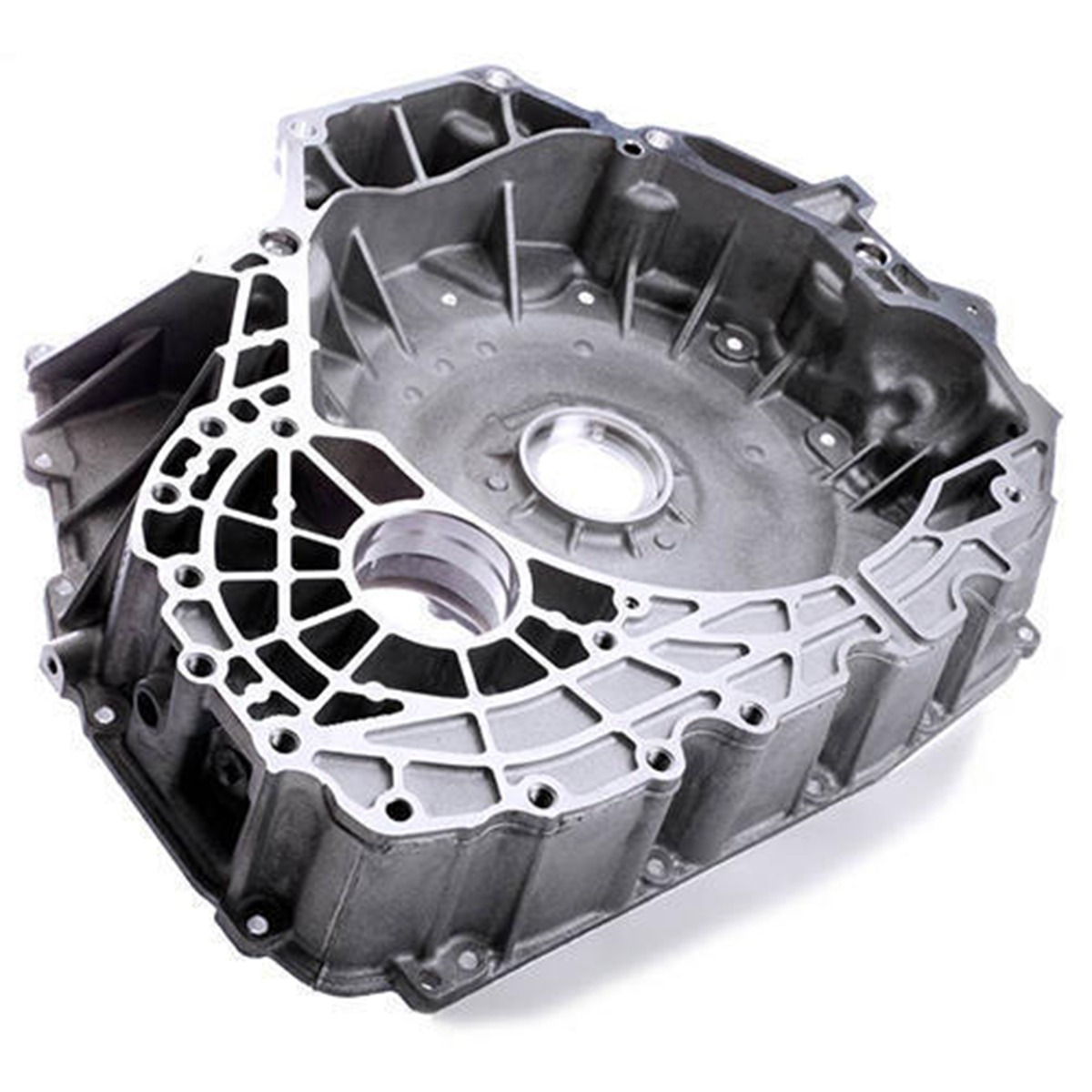Cast aluminum is used a lot in different areas because of its good durability and strength. Each alloy family is based on different alloying metals, with aluminum as the predominant metal. Below are some of them:
Al-Si (Silumin):
These are the most widely used of all aluminum cast materials as a result of their low shrinkage when solidifying, their wear resistance, and remarkable fluidity. However, silicon in its natural form can be sharp and brittle. To fix this, small amounts of modifiers such as sodium are added to reduce cracks and make it less likely to fail.
AlSi10Mg: This alloy consists of about 10% silicon and a little magnesium. It is ideal in areas such as 3D metal printing and regular casting. When heated, small particles of Mg2Si help the alloy to become stronger, which is why it’s used in aircraft and medical devices.
A356 (AlSi7Mg): This particular alloy has about 7% of silicon and up to 0.5% of magnesium. It is ideal for parts that need to be light and resistant to corrosion. Hence, it is well suited for airplane parts and marine equipment.
A380/A383:
These are mostly used as general-purpose die-casting alloys. The A383 has more silicon and less copper in its composition as opposed to the A380. Both contain iron, which can form brittle compounds unless it is controlled carefully.
High-performance alloys (e.g., 360, A360, 7075, AT237):
High-performance alloys such as these are commonly used in scenarios where materials need better strength and resistance to corrosion. It is suitable for components near the engines of vehicles or enclosures where there is sensitive equipment.






